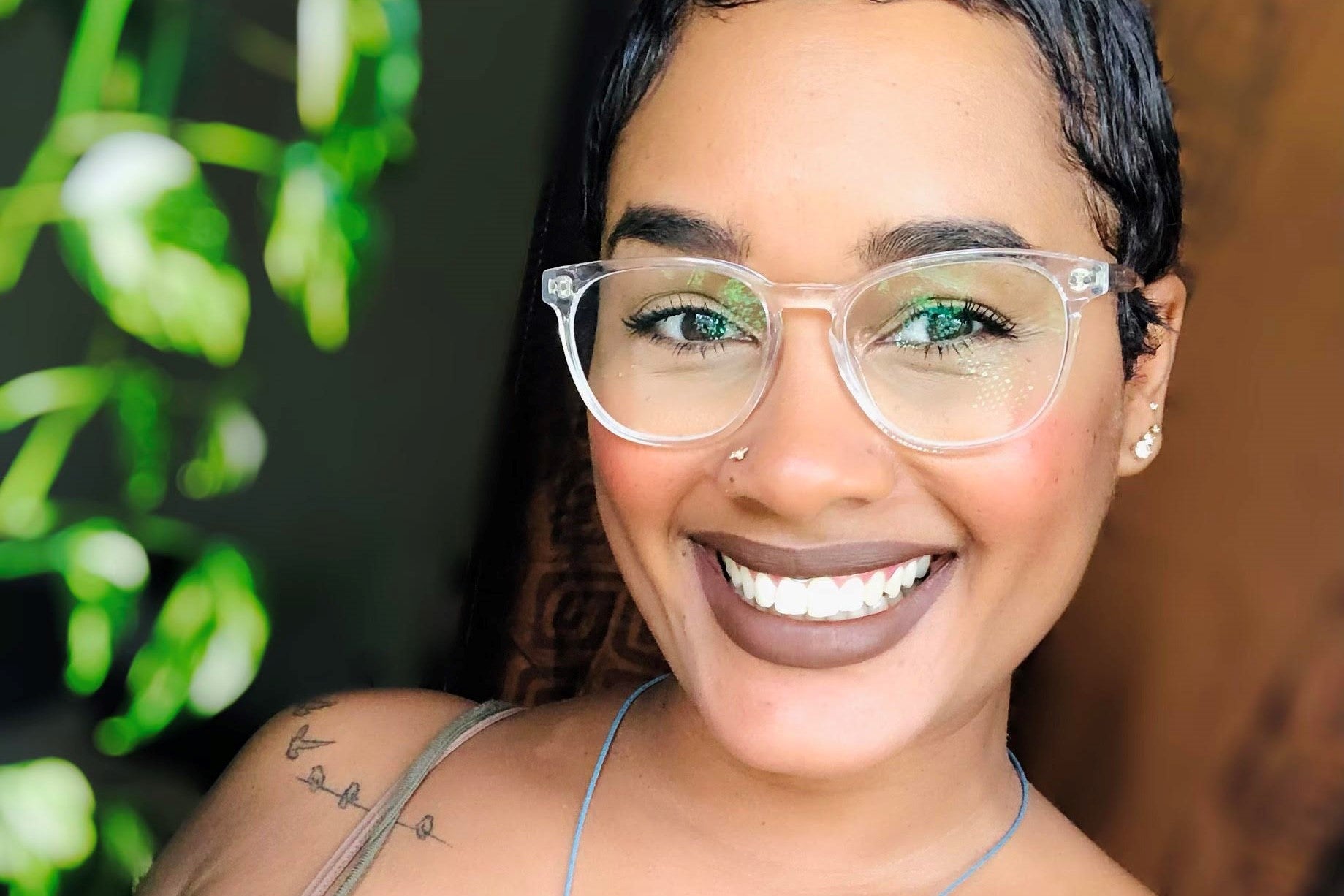What Are Varifocal Glasses?
Varifocal glasses, also known as varifocals, varifocal lenses, or progressive lenses, have a gradual change in strength from the top of the lens to the bottom with multiple focal points in between. Unlike bifocals, varifocal glasses have no specific area of lens strength, but progressive lens zones.
Varifocal glasses have three different prescriptions in one pair of glasses, allowing you to correct near and far vision. And it is convenient for you since you don’t have to change the glasses frequently.
About the Glasses Direct
Glasses Direct is an online professional eyewear shopping site based in the UK, with the leading online sales volume in Europe. Over the past five years, its online sales have increased by 50%, and it has had more than a million customers. Since 2004, they have been providing affordable glasses with uncompromising quality and professional service. The frames selected included big brands like Ray-Ban and Oakley and came in a variety of shapes and sizes. Its main goal is to provide a convenient option for people who need corrective glasses.
3 Common Problems with Progressive Lenses
Though progressive lenses are popular to correct some eye conditions, there are also some drawbacks. So, in the following section, we will show you some common problems with progressive lenses.
Dizziness: the three different focal lengths of progressive lenses can make people susceptible to dizziness, as well as vertigo. From long to medium to short distance, the lenses offer a gradient of increasing strength. So, it would have trouble in adapting the glasses for the people who are wearing them for the first time. A common mistake is to look out of the wrong focal length, causing their vision to be blurry and lead to an overall feeling of dizziness.
Peripheral distortion: another common problem of progressive lenses is the way in which they blur peripheral vision. Most glasses cause an initial distortion to vision. However, the three different segments found in these lenses can make that distortion feel more prominent than other pairs of eyeglasses. And most people may need two weeks to adjust to progressive lenses.
Depth perception: Since progressive lenses provide three different prescriptions to see objects clearly for different distances, it is important that you need to move your head instead of your eyes when focusing on objects at different distances. Prior to adjusting to this little nuance, progressive lenses can cause depth perception to feel off.
From the above information, you have known some common problems with progressive lenses. So, you may ask how to adjust the progressive lenses. The most popular way is that you need to wear them frequently.
How to Keep Glasses from Slipping
As for how to prevent glasses to slide down your nose, you can wear your glasses with a combination of material flexibility and friction. At the same time, you can also try some hacks or use some accessories to keep your glasses from slipping down your nose.
Eyewear Bands
To stop glasses from slipping down nose, you can use eyewear bands. These bands will prevent your glasses from marking them safe on your nose. The eyewear bands are great for stylish eyeglasses, reading glasses and wooden sunglasses. The length of the bands is adjustable to fit your head and neck.
Frame Tightening
To prevent glasses from sliding down your nose, you can choose to tighten your frame. You can ask the optician at the local optical store for help. However, after a while, the glasses will become loose and start to slide down again. So, you need to try tightening the frame again.
Eye Shadow Primer
As for how to keep glasses from slipping, you can use the eye shadow primer. You may feel strange when hearing the eye shadow primer trick. It is a popular one. Using the eye shadow primer on the bridge of your nose, especially where the nose pads come in touch, will prevent any slips. But this way also comes with some inconvenience because it requires you to do that every day.
Glasses Chains
To stop glasses from slipping down nose, you can use some glasses accessories, such as glasses cords and chains. With them, not only do they help your eyewear stay still, but you won’t have the risk of them. The glasses chain helps you to put hen on and off whenever you need them and stop your nose from slipping from your nose.
Select qualified optical lenses.
Anti-blue light lens must be qualified optical lens first and must have a certain percentage of anti-blue light effect. The general anti-blue light optical lens effect is about 30%. Even if it is not nearsighted people, it is best to choose the brand lens of reliable optical lens production enterprises. Anti-blue light lens is only suitable for people who use electronic display devices such as computers for a long time and is not suitable for patients with visual fatigue symptoms.
Do blue light blocking glasses work?
Usually, blue light blocking glasses are yellowish, and this obvious color shift can cause serious visual fatigue. The aggravation of visual fatigue will not control myopia and will accelerate the progression of myopia. The most important thing is that some parents have the misconception that blue light blocking glasses can control myopia. If they allow children to use electronic products without guidance and control, myopia will definitely progress. During online classes, the best way to avoid the blue light damage of electronic products should be to relax their eyes between two classes. You can learn from the 20-20-20 rule recommended by the American Academy of Ophthalmology, which is to look at objects 20 feet away for at least 20 seconds for every 20 minutes. Also, you can take a break of 10-15 minutes between each online class. You can choose to look at the distance, play table tennis at home, or have fun with parent-child interaction. In this way, the tense shoulder and back muscles can be relaxed while the eyes are relaxed and rested. Not only can it prevent and control myopia, but it is also very helpful for improving the efficiency of learning. Teach children to blink their eyes more consciously when watching the electronic screen, and use a warm wet towel to heat the eyes during rest. A humidifier can be used at home to increase the humidity of the surrounding environment. This can effectively prevent dry eyes caused by looking at the electronic screens for a long time.
Method of wearing the contact lens
Wash your hands before putting on contact lenses, and be careful not to leave long nails, to avoid contamination of the lens by bacteria and nail scratches. Place the contact lens on the tip of your index finger, face-up, and pull your upper and lower eyelids apart with the middle fingers of both hands. Look straight ahead and place the lens gently into the eye (attached to the cornea). Remove the index finger and look down so that the lens is attached to the cornea, and slowly relax the eyelids with the middle fingers of both hands. Blink gently several times (or roll your eyes) to remove bubbles.










































